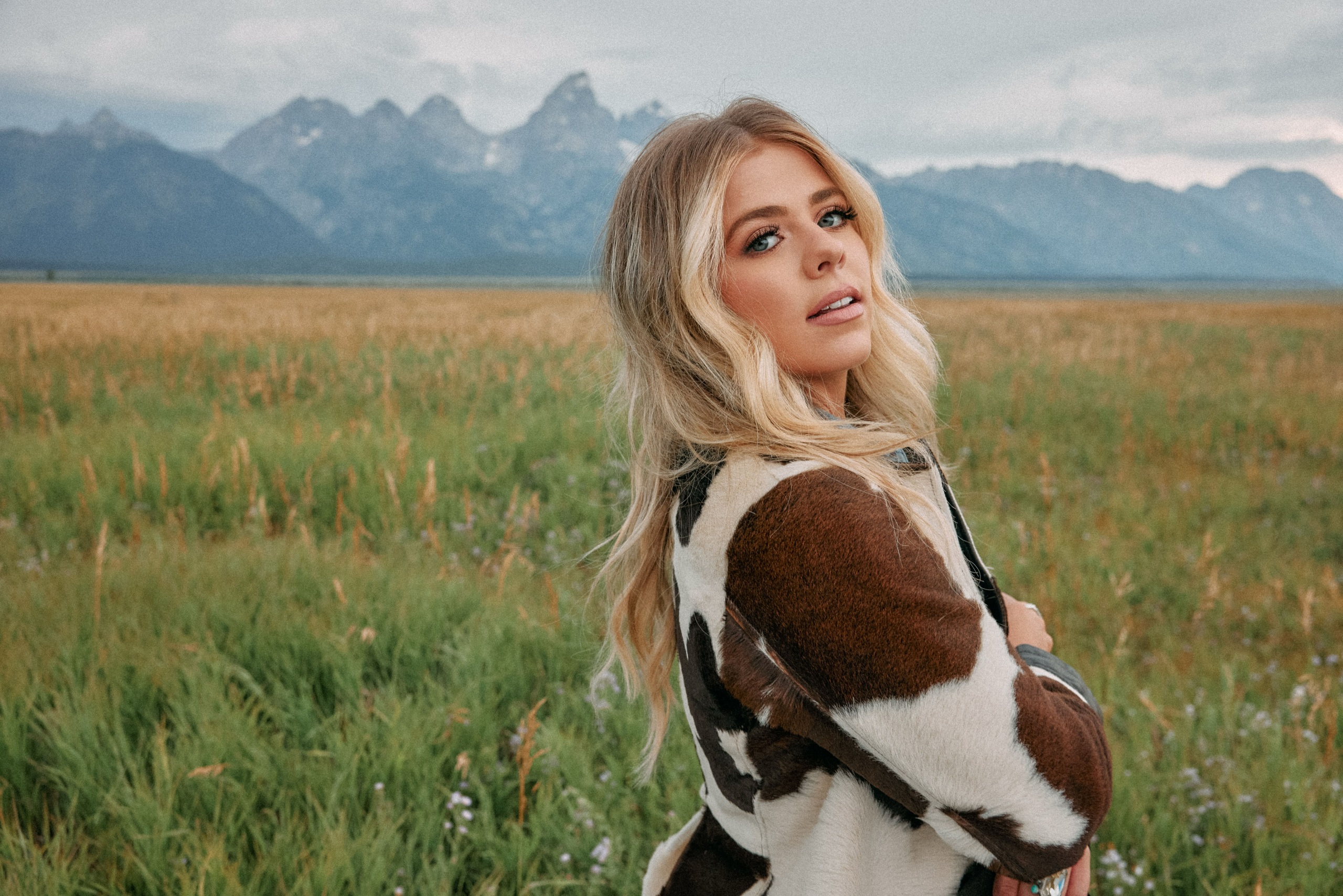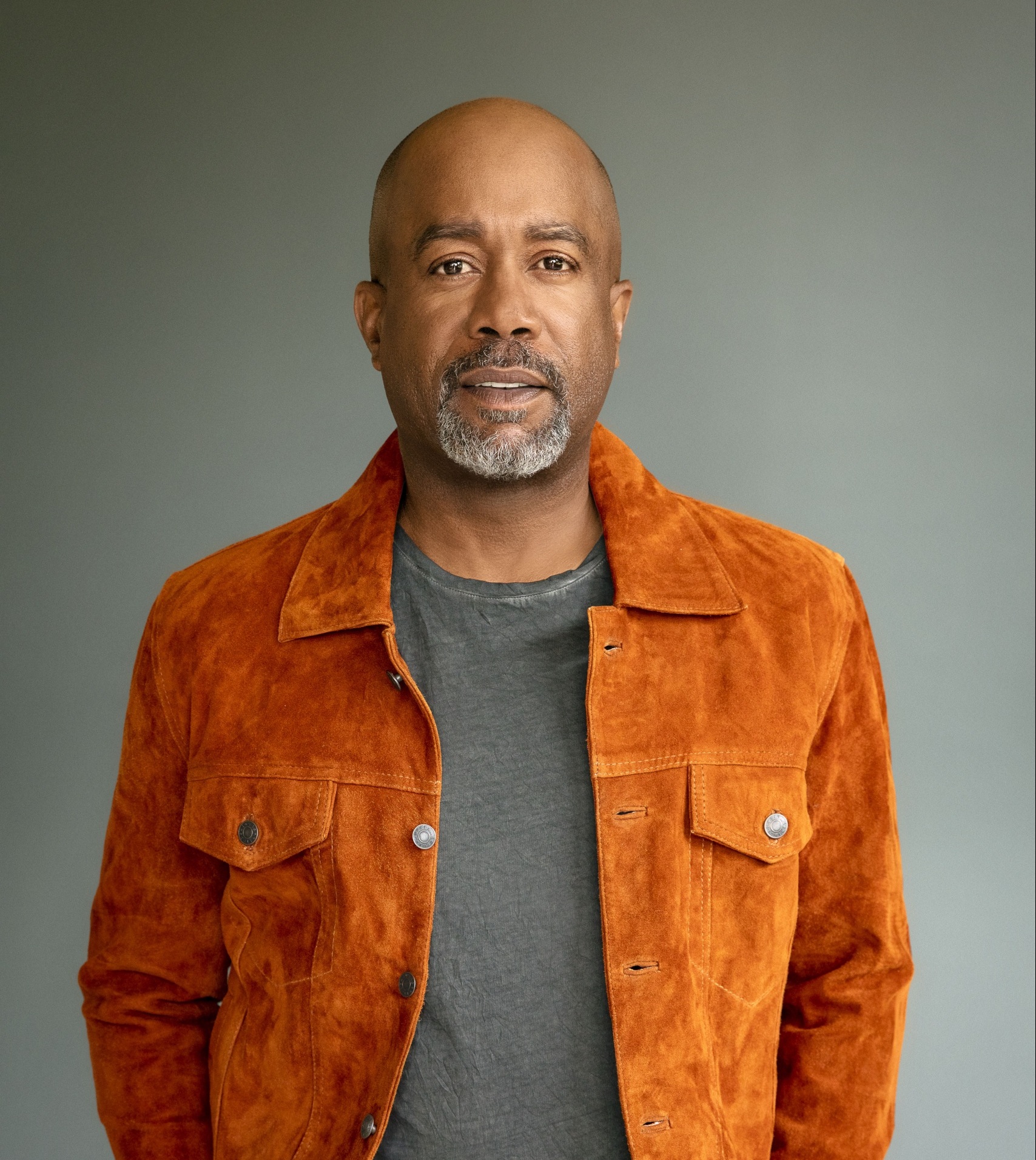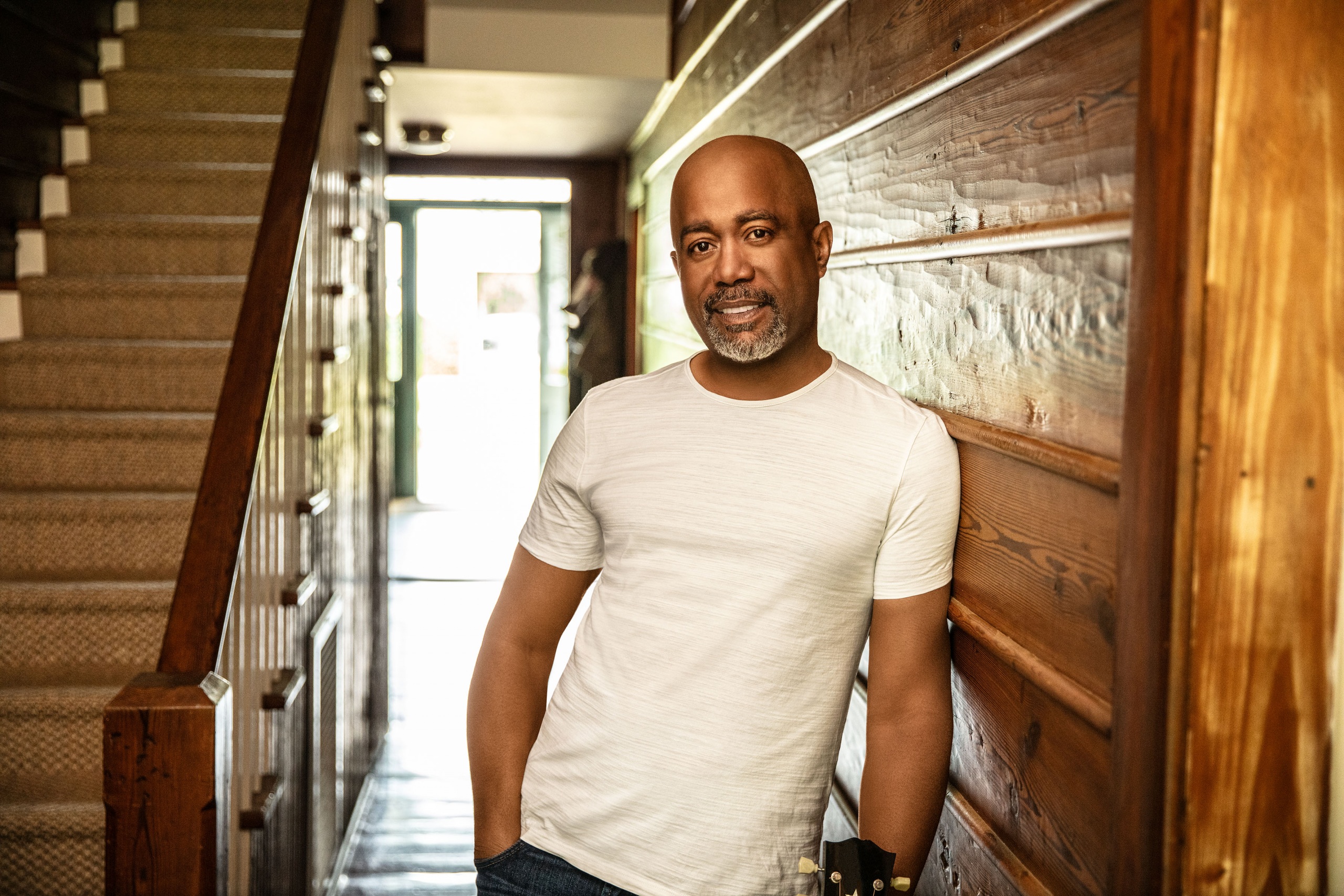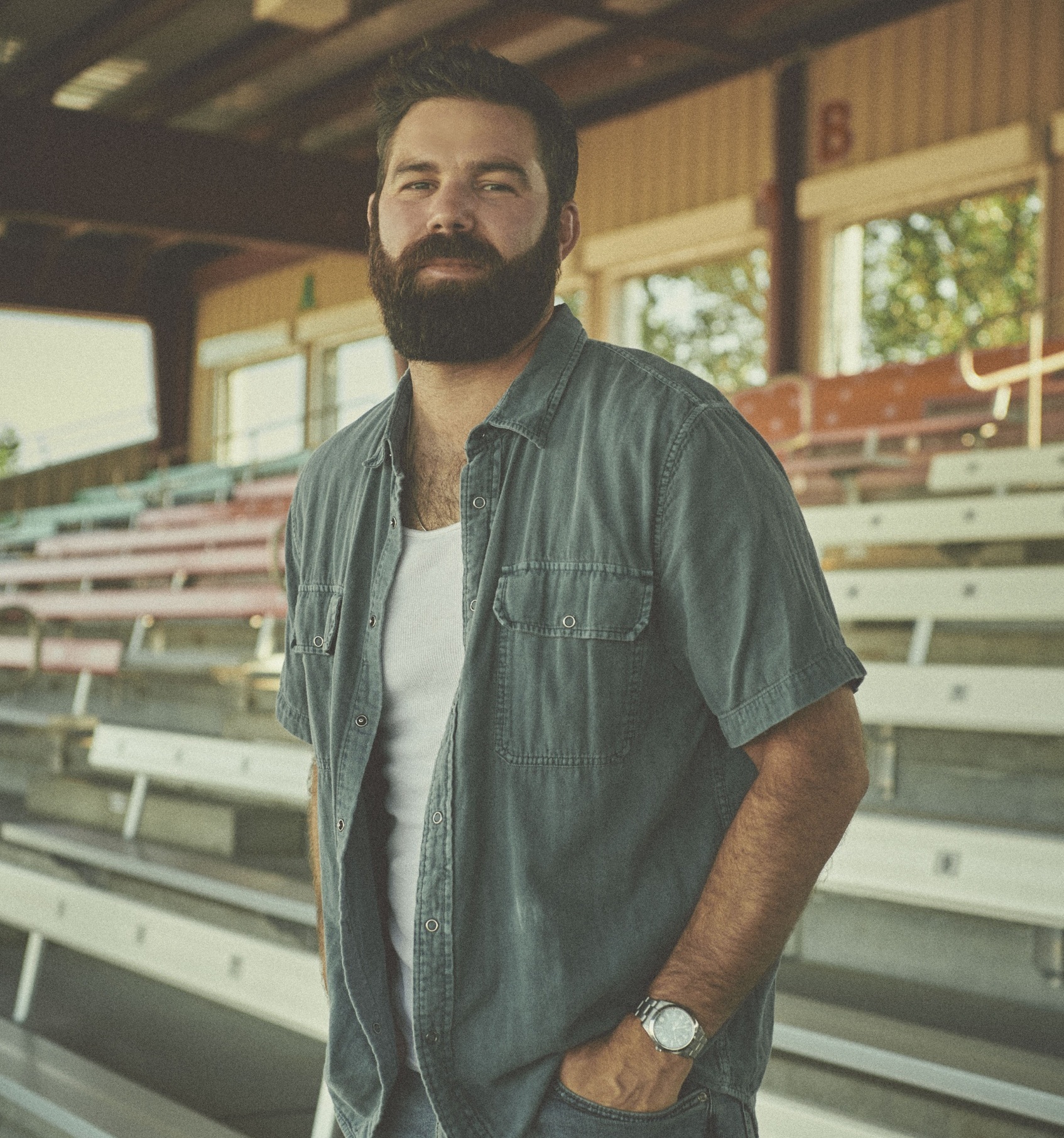FROM BILLBOARD COUNTRY:
When songwriter
Cole Degges visited Gary Allan on his bus several months ago in Houston, he mostly intended to thank him for including “It Ain’t the Whiskey” on the album Set You Free. But he got an even better piece of feedback when Allan told him that “Whiskey” was planned as the third single.
An elated Degges wasn’t sure how to react. “Can I hug you?” he asked. “No,” was Allan’s simple reply.
The request was understandable. It’s been a long, hard road for both the song and Degges, who originally wrote the tune when he was working on the 2007 Columbia album
Cole Deggs & the Lonesome (Degges’ name was intentionally misspelled at the time for ease of pronunciation). The Lonesome charted two titles on Billboard’s Hot Country Songs list, never exceeding No. 25, and disbanded shortly after. Degges eventually headed back to Texas when his mother developed cancer and rebooted his career on the red dirt scene.
“Whiskey” wasn’t included on the Columbia album, and was lost in the shuffle as Degges bombarded the label with potential material.
“I was writing so much at the time that I would take six new songs a week and play them for my A&R staff,” he recalls. “It was one of those songs that maybe didn’t quite fit in, didn’t go with what we were going with on the record. Then you wake up one morning and find out one of your favorite artists is cutting it.”
“Whiskey” went through a metamorphosis to reach its end state. Degges traveled to Nashville’s Belle Meade neighborhood to write at the home of songwriter
Jim Daddario (Collin Raye’s “Love Remains”), who shares a deep love of classic R&B with his frequent co-writer, Greg Barnhill (“Walkaway Joe,” “House of Love”). As the day unfolded, the three writers found themselves in a discussion about addiction and began considering how alcohol is actually a symptom for some underlying issue.
“We all kind of agreed that the root of the problem, when they can fix that, would take care of a lot of stuff,” Barnhill says. “We used a girl as the catalyst for that, and we just started writing a song. It was the truth—it ain’t the whiskey that’s killing me, it’s the thing that’s causing it.”
They used the opening line to identify a 12-step setting—”I stood there in the middle of the church of the broken people”—and basically worked from the first line to the last, the entire story taking shape with a surprising ease.
“I was playing chords and rocking out on [Jim’s grand] piano, because that’s my main instrument,” Degges says. “Next thing you know, two hours later we have this song.”
Barnhill was producing another act during that period, and when they had some extra time at the end of a session, he recorded a demo of the song that gave it hard edge. But Barnhill also changed a few words, a fact that gave Daddario some doubts about the song’s chances of getting recorded, though he kept it to himself.
“It was one line,” Daddario says. “He changed something that was grammatically perfect to something that was more of an image.” His reaction was, Daddario says in retrospect, “just stupid.”
The song laid around for several years until a new publisher decided to pitch it to the A&R department at Universal Music Group, which immediately identified it as a potential Gary Allan song.
“Gary loved it, and he never stopped loving it for over three years,” Daddario says.
“It’s so cutting, it’s so truthful,” Allan says. “It’s a rare song.”
Allan had it on hold the entire three years, which essentially prevented the publishers from pitching it elsewhere. But it’s not like the song stayed in mothballs. Allan played it on acoustic guitar periodically in concert, and it always got a major response when he pulled it out.
As Allan started working on
Set You Free, he planned to produce “Whiskey” himself, but his manager, John Lytle, had already played the song for Jay Joyce (Eric Church, Little Big Town), who had been enlisted to direct a few tracks. Joyce brought it up during a song meeting, and Allan decided Joyce’s enthusiasm made him the right guy to produce it.
“I knew it was something he’d been doing live,” Joyce says. “What I really wanted to get out of him was something he was living in, not just a song presented to him that he should learn.”
Joyce also insisted Allan play the guitars on “Whiskey,” the first time he’s done that in the studio. It’s Allan playing that lonesome,
Counting Crows-like acoustic guitar at the opening, and it’s also Allan playing the angst-filled solo, using a Big Muff pedal that was particularly popular among alt-rock acts during the 1990s.
“I brought my guitars in, plugged in and turned it up as loud as it would go,” Allan says.
“I created a monster, because he just started blazing,” Joyce says. “The walls were throbbing, and it went on for hours like that. I was toast for the rest of the day—couldn’t hear anything.”
The guitars were just part of what made “Whiskey” work. Drummer
Craig Wright adds some stuttered snare fills that lend a temporary awkwardness, perfect for a song about someone making an uneasy transition; Allan insisted on a pipe organ sound that fits the “church of the broken people” imagery; Russ Pahl layers eerie steel across the top; and Allan used beer and cigarettes throughout the session to guarantee all the grainy parts of his voice were working to full, appropriate effect.
“There will be days when I come in and my voice is pretty, and there will be days I come in and I’m a little big haggard,” Allan says. “That’s on purpose because I think it’s cooler, especially on a song like that.”
Degges’ mother bought
Set You Free the day it was released and was able to hear Allan’s version of “Whiskey” before she died. Daddario ultimately decided the reworded second verse was an improvement, and—true to the game plan Allan laid out—MCA released “Whiskey” to radio through Play MPE on Sept. 3 as the album’s third single. It’s No. 52 in its second week on Billboard’s Country Airplay chart, setting up the possibility that some radio listeners might take a cue from the song and begin looking beneath the surface to figure out what’s really driving their own behavior.
“It’s not like we were trying to make a grand statement,” Barnhill says, “but we just so happened to make a statement, and it feels good to be a part of something that might help some people.”








